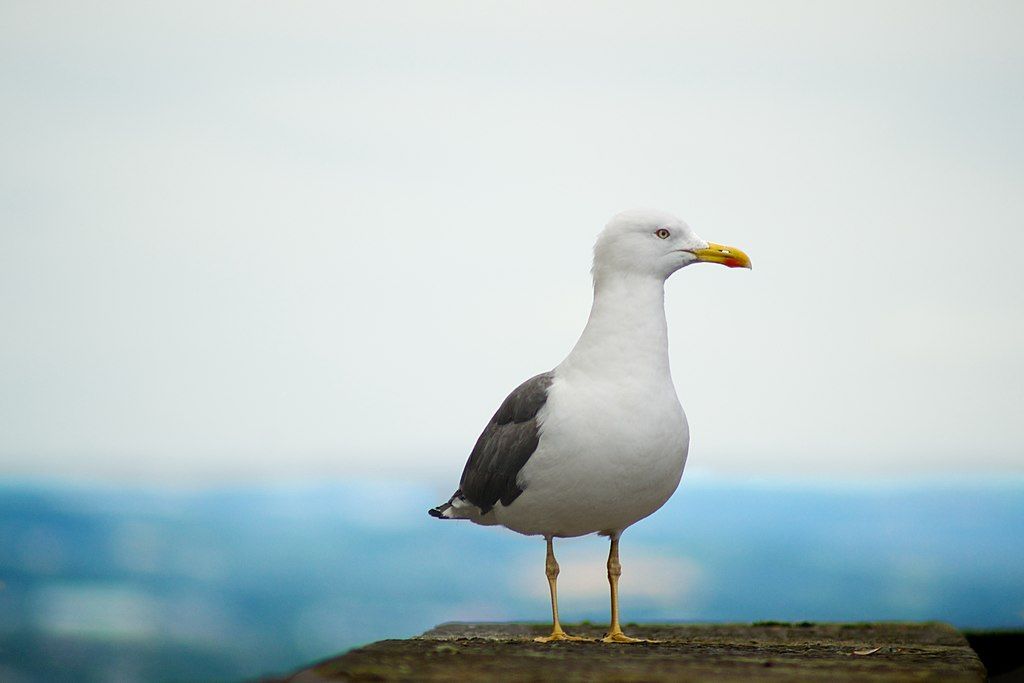
1 February 2021
If you want to see a rare gull that breeds in Europe or the arctic, February is the best time in Pittsburgh.
Gulls need open water for food and shelter so when ice forms they have to leave. Arctic breeders move to openings in the sea ice (polynyas) or fly south along the coasts or to the Great Lakes. When it’s very cold the Great Lakes freeze by February and the gulls move further south. That’s when they find Pittsburgh.
Though our city is 300 miles from the ocean a few gulls stay here year round. Several dozen herring gulls (Larus argentatus) breed on our rivers and a few non-breeding ring-billed gulls (Larus delawarensis) spend the summer. In winter they are joined by hundreds more.
Last week a single lesser black-backed gull (Larus fuscus) appeared at the gull roost where the Allegheny meets the Ohio. This species breeds on the coast of Europe and Iceland — and possibly now in Greenland and maritime Canada — but Pittsburgh is west of its normal range.
How did this bird get here? Here’s a wild guess: Perhaps he flew from the Atlantic to the St. Lawrence Seaway, Lake Ontario and Lake Erie and stopped when he got to Cleveland.
According to the Great Lakes Total Ice Coverage Map from 30 Jan 2021, the Toledo end of Lake Erie is fully iced up and it’s pretty thick now at Cleveland. If he was staying near Cleveland he would have to leave.

Will more rare gulls arrive this month? Check the Great Lakes ice conditions at NOAA for a hint of what’s to come.
(photo from Wikimedia Commons; click on the caption to see the original. map from NOAA’s Great Lakes Environmental Research Lab)
p.s. UPDATE 20 Feb 2021: Lake Erie was almost completely ice covered on 19 February 2021. See map below

Thank You! I was always puzzled about where the gulls roost, as I would see them fly in to Duck hollow at daybreak to fish, but always from down river , flying high.